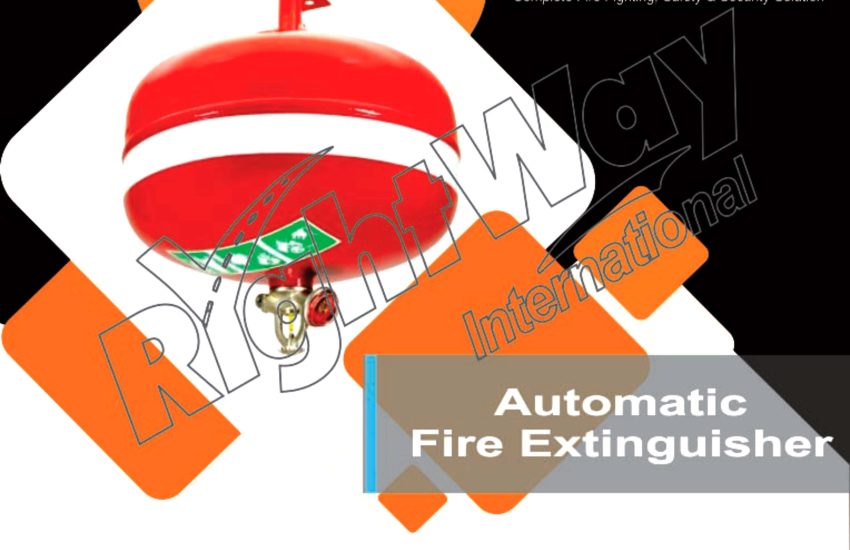Automatic fire extinguishers play a critical role in protecting lives and property. These systems detect and suppress fires without the need for human intervention, making them essential in many high-risk environments. This article explores the types, benefits, applications, and maintenance of automatic fire extinguishers.
What Is an Automatic Fire Extinguisher?
An automatic fire extinguisher detects and responds to fire outbreaks on its own. Unlike manual extinguishers, it activates using sensors or heat-sensitive elements. This makes it ideal for locations where a quick response is necessary and manual action may not be possible.
Types of Automatic Fire Extinguishers
1. Automatic Sprinkler Systems
These systems use a network of pipes and sprinklers to release water or other agents when they detect heat. Sprinklers are common in homes and businesses and are especially effective against Class A fires (involving paper, wood, or cloth).
2. Automatic Fire Suppression Systems
These systems use foam, CO₂, or dry chemicals to suppress fires. They suit specialized areas like commercial kitchens, server rooms, and manufacturing plants where specific hazards exist.
3. Fire-Detecting and Suppression Systems
These combine sensors and extinguishing mechanisms in one system. They are best for high-risk environments such as laboratories and data centers, offering immediate action with minimal human involvement.
Key Benefits of Automatic Fire Extinguishers
Rapid Fire Response
These systems activate instantly when they detect a fire, minimizing damage and stopping the fire from spreading.
Increased Safety
Automatic extinguishers reduce the risk of injuries and property loss, especially in unattended or restricted-access areas.
Continuous Protection
These systems work 24/7, providing round-the-clock fire safety even when the building is empty.
Minimal Disruption
Automatic systems suppress fires with little interruption to normal operations, which is especially important in businesses and industrial settings.
Where to Use Automatic Fire Extinguishers
Commercial Kitchens
Specialized systems target grease and oil fires, offering vital protection in high-risk cooking areas.
Data Centers and Server Rooms
Clean-agent or CO₂ suppression systems prevent fire damage without harming sensitive electronic equipment.
Industrial Facilities
Factories and warehouses benefit from systems that respond quickly to fires caused by flammable materials or machinery.
Residential Buildings
Though less common in homes, sprinkler systems offer valuable fire protection in multi-unit and high-rise residential buildings.
Maintaining Automatic Fire Extinguishers
Conduct Regular Inspections
Check all components, including sensors and extinguishing agents, to ensure the system works properly.
Schedule Annual Servicing
Hire certified professionals to service the system yearly. They’ll test its functionality and confirm it meets safety standards.
Test the System Periodically
Simulate fire conditions to confirm that the system activates correctly and at the right time.
Replace Worn Components
Follow manufacturer guidelines to replace expired or damaged parts and keep the system effective.
Conclusion
Automatic fire extinguishers offer fast, reliable fire suppression, especially in areas where human response is slow or impossible. Understanding the types, benefits, and maintenance of these systems helps ensure they perform when needed most. Regular checks and professional servicing will keep them ready to protect lives and property around the clock.


